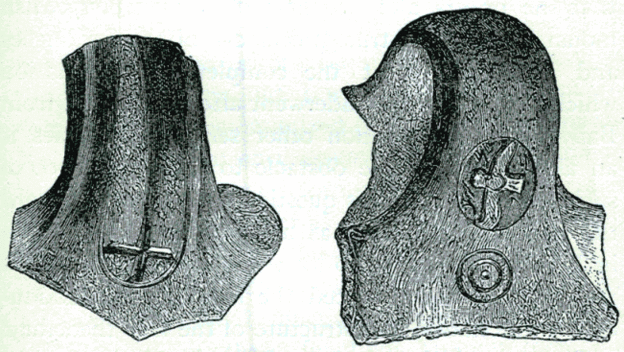Between the signatures ...

George Albon, Brief Capital of Disturbances (Omnidawn, 2003), $12.95, 94 pp—One reading of this book’s title suggests momentary hiccups in the otherwise smooth-running machine of capital, glitches that might provide resources for resistance. A more provocative reading suggests that those hiccups have been thoroughly incorporated into capital. Albon’s rhetoric depends, at times, on synesthesia, which functions here as an analog to, if not allegory for, the interblending of industrial and pre-industrial lexicons often taken, incorrectly, as cultural and natural vocabularies. To put it another way, access to that which lies “beyond” culture is blocked by a phenomenology that places at the fore its “between” state regarding “the things themselves” and language. This betweenness is not, however, an absence: “But a something forth still a something.” What that something is is, among other “things,” the quotidian monstrosity, what David Brazil calls, provocatively, “the ordinary.” In the following lines from Albon’s mesmerizing book, note the suggestion of mixed metaphors, though, in fact, these are only simulacra of metaphors: “Starts in affection and ends in a maze. Bridge builders pouring water on the wood, to make the woven boards set. Dozing, I saw the path—a glittering, receding engine of forest.” This is indeed the ordinary language of human existence, not only the rhetoric of poetry, theology and philosophy but also that of the physical sciences and mathematics. The latter, of course, have the advantage of numeration (if not computation), and in that sense the aversion to human languages is both a sign of modern knowledge and pre-Adamic naïveté. Thus a little boy in a boat on a lake, “bobbing in his stationary vessel, legs flat against the bottom, …stares at the undulation and breathlessly shouts out numbers to the lake.” The innocence mocked by its language early on in the book—“Bumblebee zipping past, locked into the curve, driving the vehicle of herself.”—gives way, later on, to the compensations, such as they are, of world-weary philosophizing: “The thing that was (wholly) itself snuck past.” As in Steve Dickson’s Disposed, the day-book entry mode of this book finds our peripatetic narrator(s) observing both the world “outside” as well as the book he is reading “inside.” The pleasures therein, out there, in waking states and in half-remembered (or unremembered) dreams, do not, however, have the same affective intensities as the (seemingly) immediate sensations of physical contact with another human, especially when that contact appears purposeful:
Walking to work, I feel a quick pressure on my arm. A young woman has just touched me, a deliberate bearing down, and now she rushes off. When I get to work, a couple outside the building are talking as though something has just happened, motioning to their arms. She touched me too, I tell them.
As that ‘too” makes clear, we “see” through our affective states, no more than when there has been a disturbance in them. Phenomenology tried, of course, to get around this problem by acknowledging, first and foremost, that the problem was, in truth, the condition for “seeing” (denotatively and connotatively). Albon’s book is a meditation on an impossible, albeit common, desire: escape from the turmoil that is the human body. Interpellated by its, and so our, inescapable present, Brief Capital of Disturbances marks the limit of what we can imagine even as we imagine we imagine “more.”
Hunches, hedges, etc.